A lighthearted conversation during a romantic dinner.
Taylor: So, I have to ask, did it hurt?
Sam: Hurt? When?
Taylor: When you fell down from heaven!
Sam: (laughs) That’s a cute line! I guess I’ve got some heavenly charm!
A lighthearted conversation during a romantic dinner.
Taylor: So, I have to ask, did it hurt?
Sam: Hurt? When?
Taylor: When you fell down from heaven!
Sam: (laughs) That’s a cute line! I guess I’ve got some heavenly charm!
Chris: I have a sweet line for you! I got lost in your eyes.
Jordan: Aww, that’s nice!
Chris: But I also always get lost in the mall, so I wouldn’t read too much into it.
Jordan: (laughs) That’s hilarious! A little clarity goes a long way!
Sam: So, I just asked my wife what she’s “burning up for dinner.”
Alex: Oh? What did she say?
Sam: It turned out to be all of my personal belongings!
Alex: (laughs) That’s one way to spice things up!
Julia: Here’s a funny thought about marriage! Marriage is like going to a restaurant.
Mike: Oh, really? How so?
Julia: You order what you want, then when you see what the other person has, you wish you had ordered that.
Mike: (laughs) That’s so true! Always looking over the menu!
Friends are enjoying dessert together.
Ella: I have a fun question for you! What’s a cat’s favorite dessert?
Tom: Hmm, what?
Ella: A bowl full of mice-cream!
Tom: (laughs) That’s purr-fect! Cats really know how to indulge!
A group of friends enjoying a game night.
Liam: I’ve got a pun for you! What does a storm cloud wear under his raincoat?
Sophie: Hmm, what?
Liam: Thunderwear!
Sophie: (laughs) That’s a good one! Perfect for a rainy day!
Friends are sharing jokes at a picnic.
Mia: I’ve got a classic for you! Why are snails slow?
Jake: I’m not sure. Why?
Mia: Because they’re carrying a house on their back!
Jake: (laughs) That makes total sense! Talk about a heavy load!
Electric vehicles have been steadily gaining traction over the past decade, thanks to advancements in technology, increased environmental awareness, and supportive government policies. However, the third quarter of 2024 witnessed an unprecedented surge in EV sales, pushing the market share of electric vehicles to 8.9% of total auto sales, up from 7.8% the previous year. This growth is indicative of a broader shift towards sustainable transportation solutions.
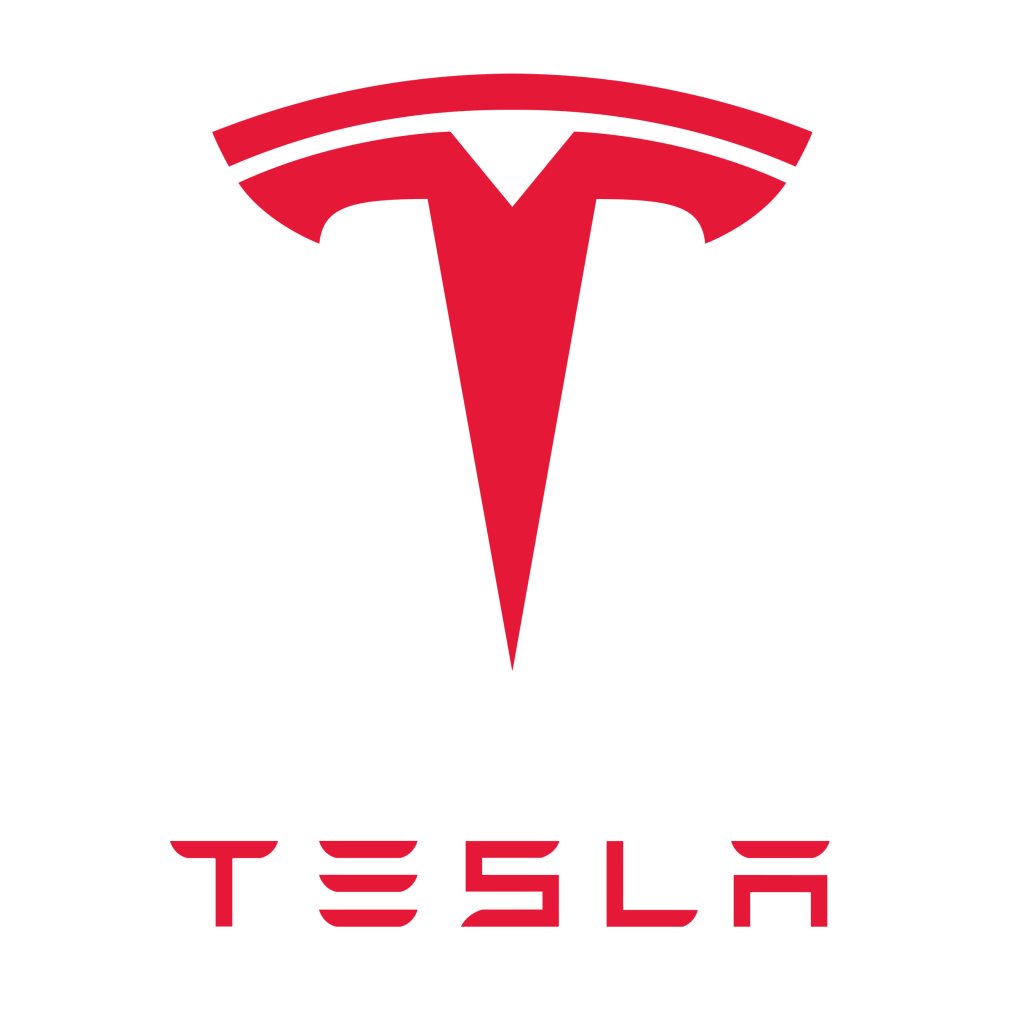
Tesla has been a pioneer in the electric vehicle market, and its dominance in Q3 2024 is a testament to its innovative approach and strong brand appeal. The company’s Model 3, Model Y, and Model S occupied the top three spots in EV sales, reflecting consumer confidence in Tesla’s offerings. Several factors contribute to Tesla’s success:
Innovation and Technology: Tesla’s continuous investment in research and development has resulted in cutting-edge technology and features that set its vehicles apart. The company has introduced innovations such as advanced autopilot systems, long-range batteries, and over-the-air software updates, enhancing the overall driving experience.
Brand Loyalty: Tesla has cultivated a loyal customer base through its commitment to quality and performance. The company’s strong brand identity and visionary leadership under Elon Musk have resonated with consumers, further boosting sales.
Charging Infrastructure: One of the critical challenges for EV adoption has been the availability of charging infrastructure. Tesla’s extensive Supercharger network has addressed this issue, providing a reliable and convenient charging solution for its customers. This network has played a crucial role in alleviating range anxiety and encouraging more people to switch to electric vehicles.

Several factors have contributed to the remarkable increase in EV sales in the third quarter of 2024:
Government Incentives: Federal and state governments have introduced various incentives to promote the adoption of electric vehicles. These include tax credits, rebates, and grants for EV buyers, as well as subsidies for charging infrastructure development. These incentives have made electric vehicles more affordable and appealing to a broader audience.
Environmental Concerns: Growing awareness of climate change and environmental degradation has prompted consumers to seek sustainable alternatives to traditional gasoline-powered vehicles. Electric vehicles, with their zero-emission capabilities, offer a viable solution to reduce greenhouse gas emissions and combat air pollution.
Rising Fuel Costs: The increasing cost of gasoline has made electric vehicles a more economically viable option for consumers. The lower operating costs of EVs, including reduced maintenance and fuel expenses, have further strengthened their appeal.
Technological Advancements: Continuous improvements in battery technology have resulted in longer driving ranges and shorter charging times for electric vehicles. These advancements have addressed some of the primary concerns associated with EV adoption, making them a more practical choice for everyday use.
Automaker Commitments: Major automakers have announced ambitious plans to transition to electric vehicles, investing heavily in EV research, development, and production. Companies like General Motors, Ford, and Volkswagen have set targets to electrify their fleets, introducing new models and expanding their EV offerings.
The surge in EV sales has significant implications for the automotive industry:
Market Transformation: The growing popularity of electric vehicles is reshaping the automotive market. Traditional automakers are being forced to adapt to the changing landscape by ramping up their EV production and phasing out internal combustion engine (ICE) vehicles. This transformation is driving innovation and competition within the industry.
Supply Chain Adjustments: The shift towards electric vehicles requires a reconfiguration of the automotive supply chain. Key components such as batteries, electric motors, and charging infrastructure are becoming increasingly important. Automakers and suppliers are investing in new manufacturing facilities and technologies to meet the demand for these components.
Job Creation and Skills Development: The transition to electric vehicles is creating new job opportunities in areas such as battery production, EV assembly, and charging infrastructure development. However, it also necessitates reskilling and upskilling for workers in the automotive industry to adapt to the changing technology and production processes.
The rise in electric vehicle sales has far-reaching environmental and economic implications:
Reduction in Emissions: The widespread adoption of electric vehicles is expected to lead to a significant reduction in greenhouse gas emissions. EVs produce zero tailpipe emissions, contributing to cleaner air and improved public health. This shift is crucial in mitigating the impacts of climate change and achieving global emission reduction targets.
Economic Growth: The growing EV market is driving economic growth by stimulating investment in new technologies and infrastructure. This includes the development of battery manufacturing plants, charging stations, and renewable energy projects. The increased demand for EVs is also boosting sales and revenue for automakers, contributing to economic stability and growth.
Energy Transition: The rise of electric vehicles is accelerating the transition to renewable energy sources. As the demand for electricity increases, there is a greater need for clean energy to power EVs. This shift is driving investments in solar, wind, and other renewable energy projects, supporting the global transition to a sustainable energy future.
The record-breaking surge in electric vehicle sales in the third quarter of 2024 marks a pivotal moment in the U.S. automobile industry. Tesla’s dominance in the EV market, coupled with supportive government policies, technological advancements, and increasing consumer awareness, has propelled the industry towards a more sustainable future. The implications of this shift are profound, reshaping the automotive market, driving economic growth, and contributing to environmental sustainability. As the world continues to embrace electric vehicles, the road ahead promises to be one of innovation, progress, and positive change.
The U.S. market has always had a strong affinity for pickup trucks. Over the years, these vehicles have evolved from utilitarian workhorses to versatile, high-performance machines that cater to a wide range of consumer needs. The Ram 1500, in particular, has garnered a significant following due to its blend of power, comfort, and cutting-edge technology.
Several factors contribute to the rising demand for pickup trucks like the Ram 1500. Firstly, the versatility of these vehicles makes them popular among a diverse group of consumers, from construction workers to families seeking a robust and spacious vehicle. Additionally, recent advancements in technology and design have made pickup trucks more efficient and comfortable, attracting a broader audience.
The economic landscape also plays a role. With the U.S. economy showing signs of recovery, consumer confidence is on the rise, leading to increased spending on big-ticket items such as vehicles. Furthermore, the rise of e-commerce and the need for reliable delivery vehicles have added to the demand for sturdy and dependable trucks.
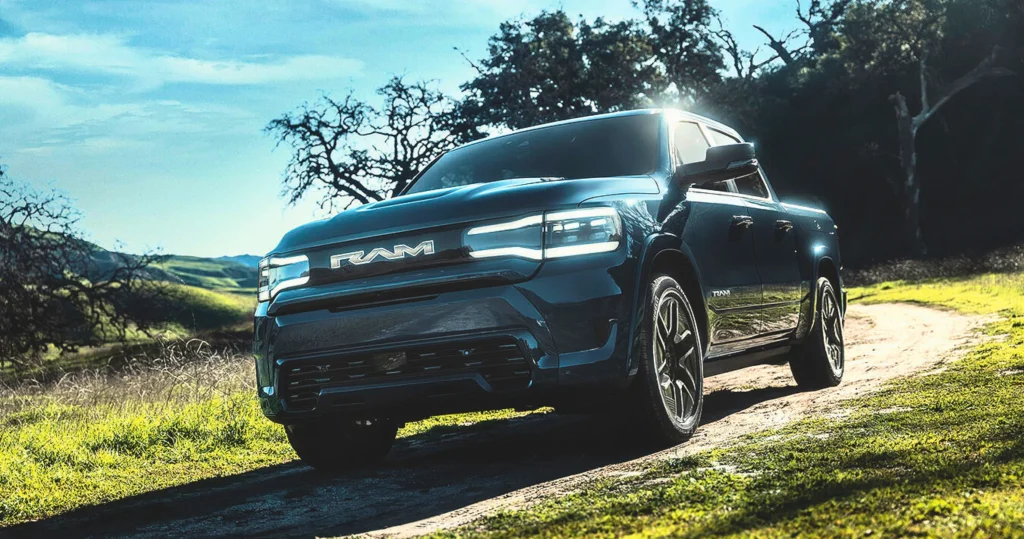
To keep pace with this growing demand, Ram has decided to expand its production capacity by moving some of its Ram 1500 production to Mexico. This decision is not without precedent; many automotive manufacturers have established production facilities in Mexico due to its favorable economic conditions, skilled labor force, and strategic location.
One of the primary advantages of expanding production to Mexico is cost efficiency. The lower labor costs in Mexico allow Ram to produce vehicles at a more competitive price point, which can be beneficial in a highly competitive market. Additionally, Mexico’s proximity to the U.S. means that vehicles can be transported to U.S. dealerships relatively quickly, reducing delivery times and costs.
The expansion also allows Ram to tap into the growing automotive manufacturing ecosystem in Mexico. The country has a well-established network of suppliers and manufacturers, which can help streamline production processes and ensure a steady supply of necessary components.
While some production is moving to Mexico, it does not mean that Ram is scaling back its U.S. operations. On the contrary, this expansion is designed to complement the existing production facilities in the United States. By distributing production across multiple locations, Ram can mitigate risks associated with supply chain disruptions and ensure a more robust production process.
Moreover, the U.S. production facilities will continue to play a crucial role in producing other models and variants of the Ram lineup. This diversification of production locations ensures that Ram can maintain its high standards of quality and continue to innovate and adapt to market demands.
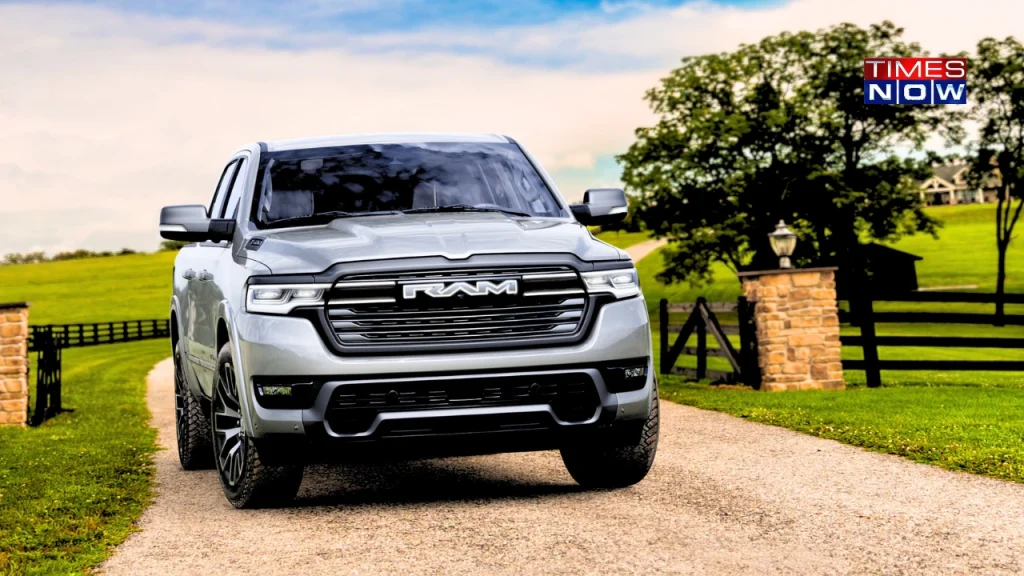
The decision to move production to Mexico may raise concerns among U.S. workers and policymakers. However, Ram has emphasized that this move is part of a broader strategy to enhance its overall production capacity and meet consumer demand effectively. The company remains committed to maintaining a strong presence in the U.S. and supporting American jobs.
Furthermore, the automotive industry is increasingly globalized, and manufacturers often need to adopt flexible and dynamic production strategies to stay competitive. By expanding production to Mexico, Ram can leverage global efficiencies and continue to deliver high-quality vehicles to its customers.
The expansion of Ram 1500 production to Mexico is just one part of Ram’s broader vision for the future. The company is continually exploring new ways to innovate and enhance its vehicle offerings. This includes investing in new technologies, such as electric and hybrid powertrains, to meet the growing demand for more sustainable and environmentally friendly vehicles.
Ram is also focused on enhancing the customer experience. This includes expanding its dealership network, improving after-sales services, and introducing new features and customization options for its vehicles. By staying attuned to consumer needs and market trends, Ram aims to remain a leader in the highly competitive pickup truck segment.
Ram’s decision to expand Ram 1500 production to Mexico marks a significant step in the company’s ongoing efforts to meet the growing demand for pickup trucks in the U.S. market. This strategic move leverages Mexico’s favorable economic conditions and skilled labor force to enhance production capacity and ensure that Ram can continue to deliver high-quality vehicles to its customers.
As the automotive industry evolves, manufacturers like Ram must adopt flexible and dynamic strategies to stay competitive. By expanding its production footprint, investing in new technologies, and maintaining a strong focus on the customer experience, Ram is well-positioned to navigate the challenges and opportunities of the future.
The Ram 1500 remains a beloved and iconic vehicle in the U.S. market, and this expansion ensures that it will continue to be a staple for consumers seeking a powerful, reliable, and versatile pickup truck. With a clear vision for the future and a commitment to excellence, Ram is poised to lead the way in the next chapter of the automotive industry.
The GMC Sierra Denali has long been synonymous with luxury and power in the pickup truck segment. The 2025 model builds on this legacy but takes it a step further by embracing electrification. The new Sierra Denali EV promises to offer the same level of luxury and performance that consumers have come to expect, but with the added benefits of an electric powertrain.
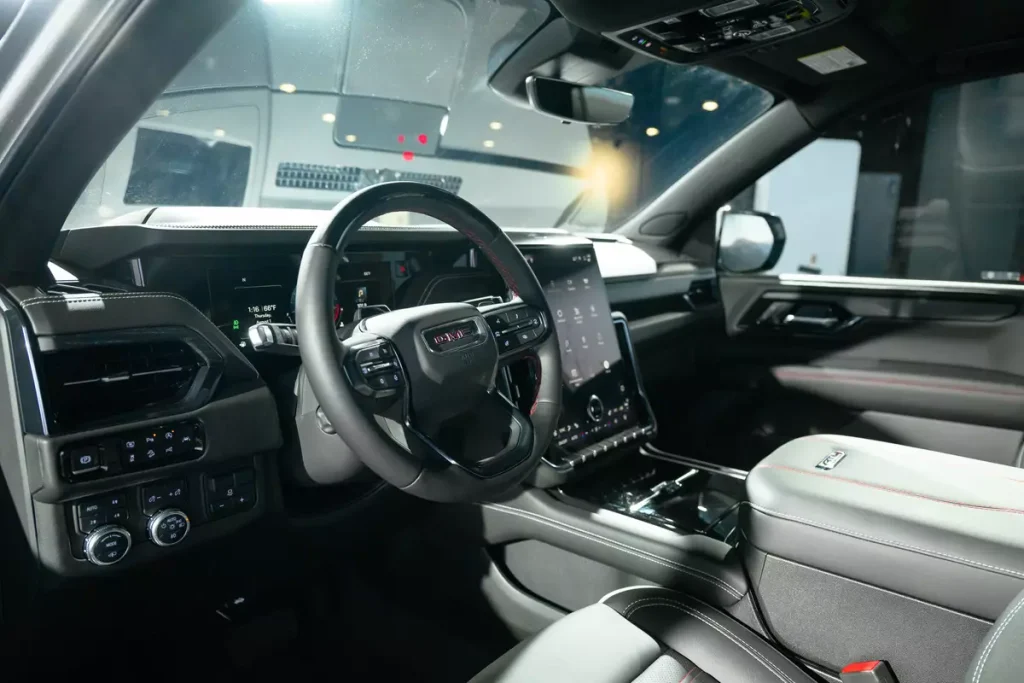
The 2025 Sierra Denali EV boasts a sleek, modern design that combines the ruggedness of a traditional pickup with the streamlined aesthetics of an electric vehicle. The exterior features bold lines and a commanding presence, while the interior is equipped with state-of-the-art technology and premium materials.
One of the key selling points of the Sierra Denali EV is its performance. The truck is expected to deliver impressive power and torque, thanks to its advanced electric drivetrain. With multiple electric motors, the Sierra Denali EV is designed to handle heavy loads and off-road conditions with ease. Additionally, the truck is expected to offer a competitive range, allowing drivers to cover long distances without frequent recharging.

The Sierra Denali EV is packed with cutting-edge technology that enhances both performance and convenience. The truck features an advanced driver assistance system (ADAS) that includes adaptive cruise control, lane-keeping assist, and automated parking. The infotainment system is also top-notch, offering seamless connectivity and a host of entertainment options.
GMC’s decision to electrify the Sierra Denali aligns with the global push towards sustainability and reducing carbon emissions. The electric powertrain significantly reduces the vehicle’s carbon footprint, making it an environmentally friendly choice for consumers. Additionally, the use of sustainable materials in the vehicle’s construction further underscores GMC’s commitment to environmental responsibility.
The entry of the Sierra Denali EV into the market is expected to shake up the competitive landscape. The truck will be going head-to-head with other electric pickups like the Ford F-150 Lightning, Rivian R1T, and Tesla Cybertruck. Each of these competitors has its unique selling points, but the Sierra Denali EV’s combination of luxury, performance, and advanced technology positions it strongly in the market.
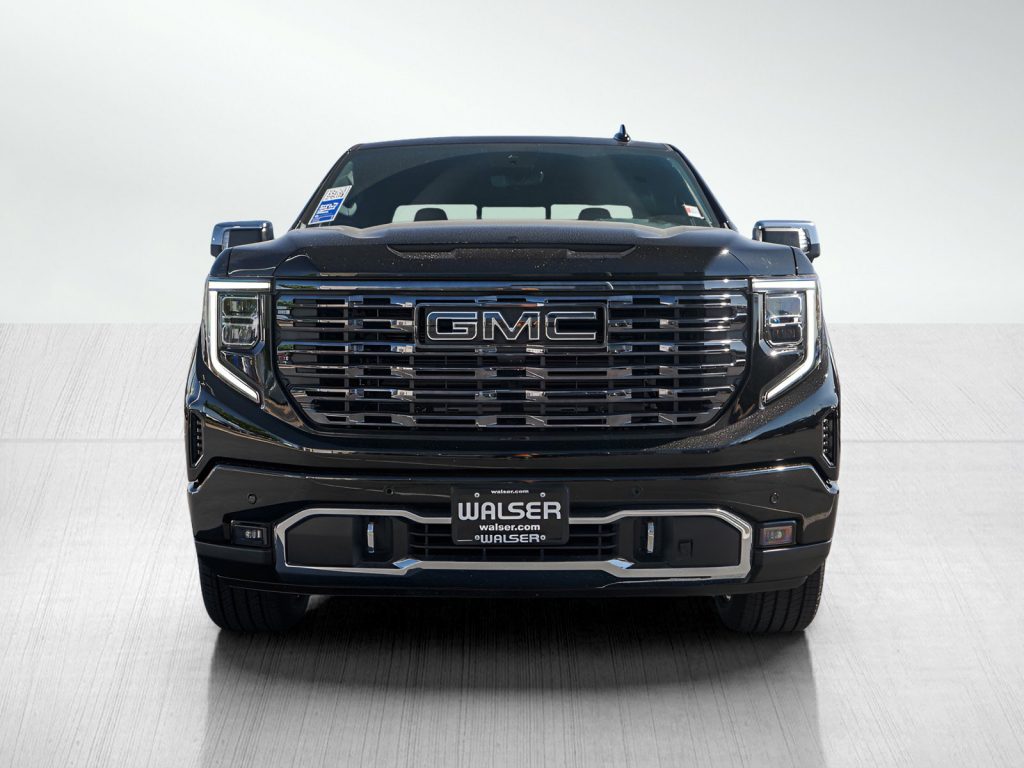
GMC has built a loyal customer base over the years, and the introduction of the Sierra Denali EV is likely to be well-received by these consumers. The demand for electric vehicles is on the rise, and consumers are increasingly looking for vehicles that offer both performance and sustainability. The Sierra Denali EV promises to deliver on both fronts, making it an attractive option for buyers.
While the Sierra Denali EV has a lot going for it, GMC will still face challenges in the market. The infrastructure for electric vehicles is still developing, and range anxiety remains a concern for many potential buyers. However, these challenges also present opportunities for GMC to innovate and lead the way in addressing these issues.
To support the rollout of the Sierra Denali EV, GMC is investing heavily in charging infrastructure. This includes partnerships with charging network providers and the development of home charging solutions. By making it easier for consumers to charge their vehicles, GMC aims to alleviate some of the concerns around range and convenience.
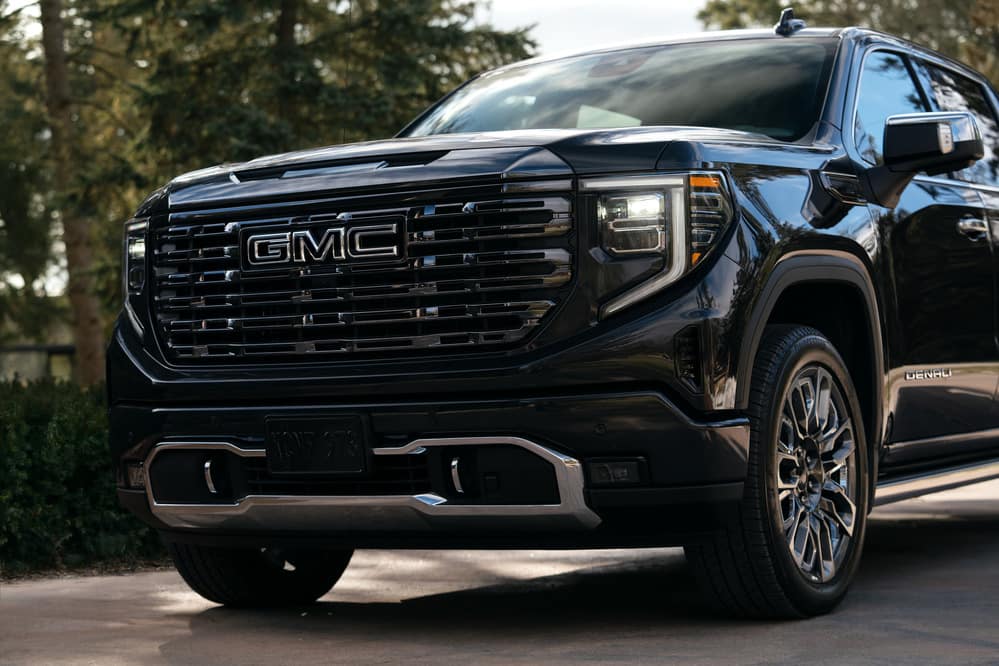
The 2025 Sierra Denali EV is just the beginning of GMC’s journey towards electrification. The company has plans to introduce more electric models in the coming years, each building on the technology and experience gained from the Sierra Denali EV. This continuous innovation will help GMC stay ahead of the curve and meet the evolving needs of consumers.
The introduction of the 2025 Sierra Denali EV marks a significant step forward for GMC and the automotive industry as a whole. By combining luxury, performance, and sustainability, the Sierra Denali EV sets a new standard for electric trucks. As the market continues to evolve, GMC’s commitment to innovation and environmental responsibility will ensure that it remains a key player in the electric vehicle segment.
The future of the automotive industry is undoubtedly electric, and GMC’s Sierra Denali EV is poised to play a major role in shaping that future. With its impressive features and strong market position, the Sierra Denali EV is set to become a benchmark for electric trucks, paving the way for a cleaner, more sustainable world.
A casual hangout where friends are sharing flirty jokes.
Alex: Hey, I have a fun one for you! Were your parents bakers?
Jamie: I don’t know, why?
Alex: Because you’ve got a nice set of buns!
Jamie: (laughs) That’s a good one! Flattery with a twist!
A group of friends playing a riddle game.
Tom: Alright, I’ve got a riddle for you! A buffalo has 4, but a woman only has 2. What am I?
Sara: Hmm, I have no idea! What?
Tom: Legs!
Sara: (laughs) That’s clever! Who would’ve thought?
A fun gathering with friends sharing jokes.
Liam: Okay, I have a Lion King joke for you! What did Nala say to Simba?
Ella: Hmm, I’m not sure. What?
Liam: “Hakuna my tatas!”
Ella: (laughs) That’s hilarious! Nala really knows how to lighten the mood!